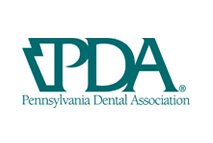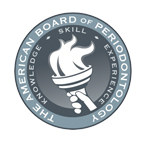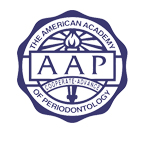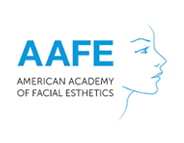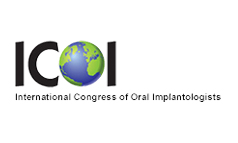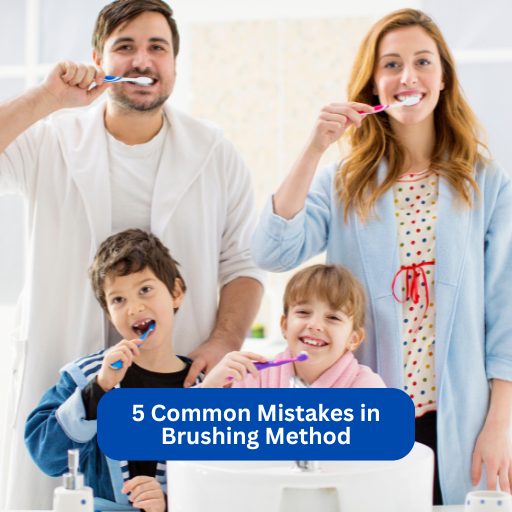
Introduction
Brushing your teeth may seem like a routine task, but many people unknowingly make mistakes that can negatively impact their oral health. In this comprehensive guide, we’ll explore five common mistakes in brushing methods and how you can correct them. By understanding and addressing these errors, you can improve your brushing routine and maintain a brighter, healthier smile.
Summary
2: Brushing for Too Short a Time
3: Not Replacing Your Toothbrush Regularly
4: Neglecting the Tongue and Gum Line
1. Using Too Much Pressure
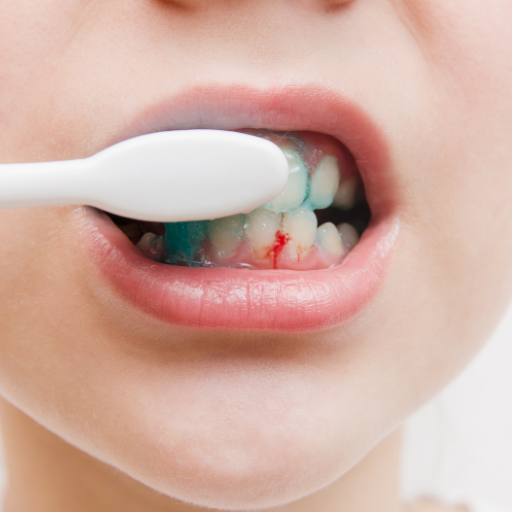
A frequent error people make when brushing their teeth is applying too much pressure. Many believe that brushing harder will lead to cleaner teeth, but this approach can actually be harmful. When you apply excessive force, you risk damaging your gums and enamel.
Brushing too hard can lead to gum recession, where the gum tissue pulls away from the teeth. This can expose the roots of your teeth, making them more sensitive and prone to decay. Gum recession can also cause aesthetic issues and make teeth appear longer than they actually are. Furthermore, aggressive brushing wears down the enamel, the tooth’s protective outer layer. Enamel erosion can result in greater sensitivity and a heightened risk of cavities.
To avoid these issues, use a soft-bristled toothbrush and gentle pressure. Aim to brush with just enough force to feel the bristles against your teeth, but not so hard that you cause discomfort. A good technique is to hold the brush lightly and let the bristles do the work. This method will effectively clean your teeth while preserving your gum health and enamel.
2. Brushing for Too Short a Time
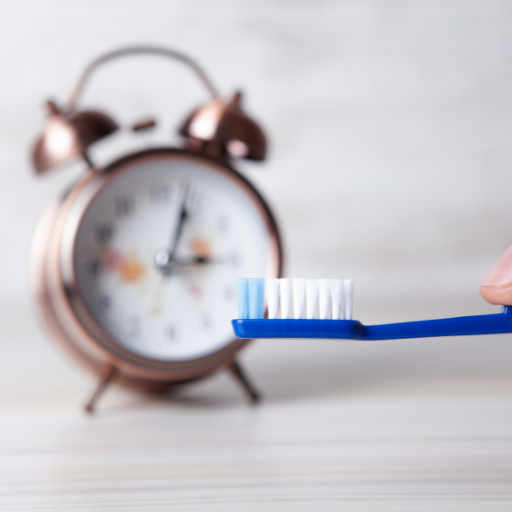
Another common mistake is brushing for too little time. Many people rush through brushing, assuming that a quick scrub is enough to clean their teeth. However, proper brushing requires a minimum amount of time to be effective.
Dentists advise brushing your teeth for at least two minutes, twice daily. This duration ensures that you thoroughly clean all surfaces of your teeth, including the fronts, backs, and chewing surfaces. Brushing for less than two minutes may result in incomplete cleaning, leaving plaque and food particles behind.
To help you brush for the recommended duration, consider using a timer or an electric toothbrush with a built-in timer. Some electric toothbrushes have a 2-minute timer with 30-second intervals to help you focus on different areas of your mouth. If you prefer manual brushing, use a stopwatch or timer app on your phone to keep track. Make brushing a mindful part of your routine rather than a rushed task.
3. Not Replacing Your Toothbrush Regularly
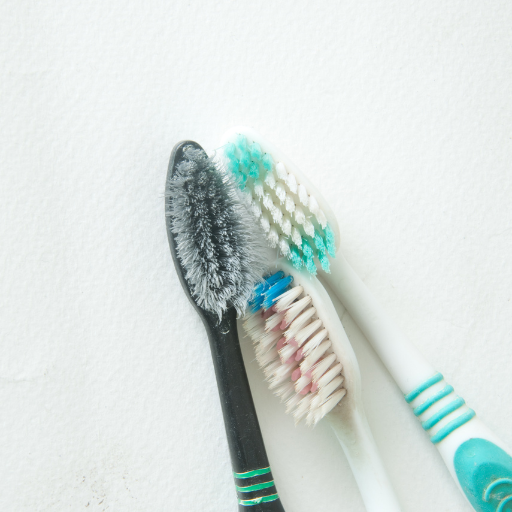
Staying hydrated is crucial for overall health, but it also plays a significant role in oral health. Dehydration can reduce saliva production, which is essential for washing away food particles and bacteria. Without sufficient saliva, you’re at a higher risk for bad breath, dry mouth, and tooth decay.
Drink plenty of water throughout the day to keep your mouth from getting dry. Consider using a saliva substitute if you experience dry mouth, and avoid excessive consumption of caffeinated or alcoholic beverages, which can further dehydrate your body.
4. Neglecting the Tongue and Gum Line
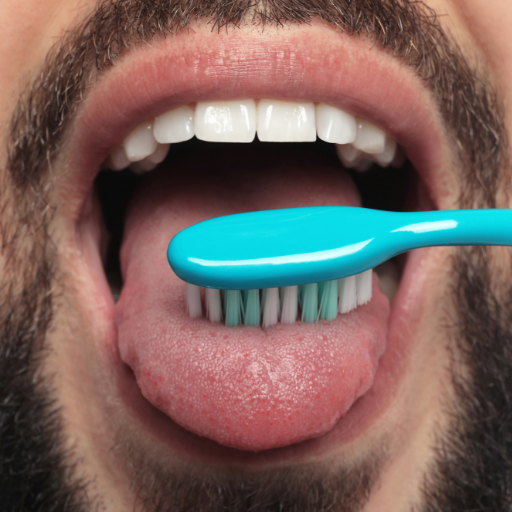
Many people focus solely on brushing their teeth and overlook other important areas like the tongue and gum line. Neglecting these areas can lead to bad breath, plaque buildup, and gum disease.
The tongue can harbor bacteria and food particles, contributing to bad breath. A buildup of bacteria on the tongue can also lead to an unclean feeling and potential oral health issues. To address this, gently brush your tongue with your toothbrush or use a tongue scraper. This simple step can help reduce bacteria and improve your breath.
Plaque can accumulate at the gum line, leading to gum disease if not removed regularly. Be sure to angle your toothbrush to reach along the gum line and brush gently. Using a soft, circular motion can help clean this area effectively without causing damage. Additionally, incorporating flossing into your routine can help remove plaque and food particles between teeth and below the gum line.
5. Using the Wrong Toothpaste

Not all toothpastes are created equal. Using the wrong type of toothpaste can impact your oral health. For example, some toothpastes are too abrasive or do not contain fluoride, which is essential for protecting your teeth against decay.
Fluoride is a key ingredient in toothpaste as it helps strengthen tooth enamel and prevent cavities. Look for toothpaste with fluoride to ensure optimal protection for your teeth. If you have particular dental issues like sensitivity or tartar buildup, select a toothpaste designed to tackle those problems. For sensitive teeth, consider a toothpaste designed to reduce sensitivity and protect against discomfort.
If you’re unsure which type of toothpaste is best for you, consult with your dentist. They can recommend a product based on your specific needs and oral health condition. Your dentist can also provide guidance on other oral care products that may benefit your overall dental health.
FAQs
Q.1. How often should I replace my toothbrush?
A.1. Change your toothbrush every three to four months, or earlier if the bristles become frayed..
Q.2. What is the best way to brush my teeth?
A.2. Use a soft-bristled toothbrush, gentle pressure, and brush for at least two minutes twice a day.
Q.3. Why is it important to brush my tongue?
A.3. Brushing your tongue helps remove bacteria and food particles, which can reduce bad breath.
Q.4. Can I use any toothpaste for brushing?
A.4. It’s best to use toothpaste with fluoride and choose one that addresses your specific dental needs.
Q.5. How can I tell if I’m brushing too hard?
A.5. If you notice your gums are sensitive or if your toothbrush bristles are wearing out quickly, you may be brushing too hard. Use gentle pressure to avoid damage.
Conclusion
Avoiding these common brushing mistakes can significantly improve your oral hygiene and help you maintain a healthier smile. By using the right brushing technique, ensuring you brush for the correct amount of time, replacing your toothbrush regularly, cleaning all areas of your mouth, and choosing the right toothpaste, you can enhance your brushing routine and enjoy better oral health.
Remember, good oral hygiene is a key component of overall health. Regular dental check-ups are also important to ensure your brushing routine is effective and to address any issues early on. Keep these tips in mind, and you’ll be on your way to a brighter, healthier smile.
For tailored support or to book a consultation, reach out to our team at (267) 908-4867 or visit our website at https://premierperiodonticspa.com/ Your smile is our foremost concern, and we’re dedicated to offering the guidance and support necessary for a smooth and effective dental experience. Count on us to focus on your oral health and guide you toward a bright, healthy smile. We eagerly anticipate working with you to achieve your oral health objectives.




